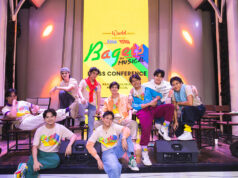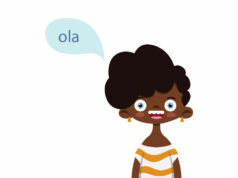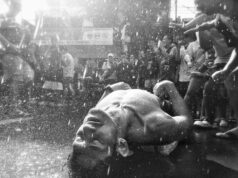Once Upon a Time in the West
Directed by Sergio Leone
(Warning: story and plot twists described in explicit detail)
LOCKED down and stewing in your home, it can be something of a relief to look at the works of Sergio Leone, particularly the later titles. The Good, The Bad, and The Ugly; Once Upon a Time in the West; Duck, You Sucker!; and Once Upon a Time in America have that expansive feel of a tale told of long ago, a pipe dream concocted by your favorite nutty uncle by the fireside, with the other kids gathered round listening with rapt expressions.
America may be Leone’s most sprawling ambitious work and possibly his masterpiece but West is arguably perfection, impeccably cast and executed. Even the stunt of using Henry Fonda as villain pays off — as the young boy looks slowly about him Leone intercuts shots of his decimated family; enter the killers, emerging from the dust and surrounding brush like wraiths. The killers approach, and at one point the camera following behind swings around to peer at one of the faces, and it’s Mr. Lincoln — sorry, Mr. Fonda, not so Young anymore, as the hired gunslinger Frank. The lined face, the pale blue eyes, so iconic in American films, are pitiless here, faintly contemptuous even.
Later we meet other characters: Cheyenne (Jason Robards) who runs his own gang; Mr. Morton (Gabrielle Ferzetti) who’s crippled but chugs around in his private train car; and the aforementioned Harmonica. No one slaps the other in the arm, or gives a hug, or even offers a kiss; these are all strangers barely met who’d rather stay that way (it helps that Leone builds his sets the size of the myths he wants to depict — that is, several times larger-than-life). Yes, there’s a plague, but not the viral kind — rather it’s paranoia (as a filmmaker [fictional] once put it: “He named the disease.” “Yeah what?” “It’s a social disease, very common.” “Like gonorrhea?” “You’re close. It’s spread the same way, by screwing your fellow man.”). Helps to have everyone stay apart at double arm’s length, or roughly six feet, though that hardly helps when you’re looking at the business end of a gun.
Did I say arm’s length? There’s one notable exception, when Frank’s in bed with Jill. Yes proximity, even extreme proximity, but their minds are hardly as one — Frank is like a racehorse owner admiring the smooth muscles of his recently captured prized filly; Jill is that filly desperately calculating how to at least stay alive, if not escape.
The film is made up of a series of intricate interlocking visual puzzles (the first, the train station gunfight, answers the pertinent question, “Who are the three waiting for?” and the underlying question, “How do you make 10 minutes of screen time where nothing important happens pass entertainingly?”). My favorite and arguably most intricate puzzle involves flashbacks (Harmonica’s, it’s suggested), of a man walking through desert haze. As the film progresses the man comes closer, and we realize it’s a younger, brasher Frank.
At one point — when the dust has mostly settled and all the ancillary characters have fallen bloodily by the wayside — Frank confronts Harmonica. Harmonica flashes back one more time to the younger Frank, who pulls out a — what else? — harmonica. Reverse cut: Frank stuffs the harmonica into a young boy’s face, and from the broad nose and plump tear stained cheeks we somehow recognize a younger slighter Harmonica. The camera cranes up and away, and we glimpse more details: boots heavy on Harmonica’s shoulders (it’s his older brother); a noose tight around the brother’s neck, the other end tied to the clapper of a bell hanging from a stone archway. Harmonica struggles manfully but his brother is almost twice his size and weight; it’s only a matter of time before he collapses from exhaustion and the bell clangs mournfully. Three of Frank’s men flank the brothers, enjoying the spectacle.
The sequence answers a question that must have bothered the filmmaker for a long time: “Can you make a film where one shot answers everything?” With a single soaring shot — arguably one of the most lyrical in all of cinema — Leone explains those maddening flashbacks (halfway between hallucinations and fevered dreams) and the force driving not just Harmonica but the film. One of the most enjoyable of Westerns, and an outsized exercise in musical and visual style — not much more than that, I suppose, but plenty enough for me.



